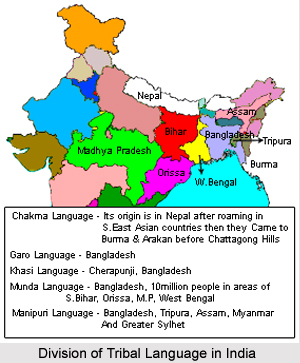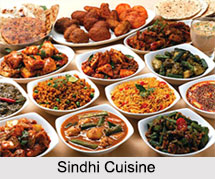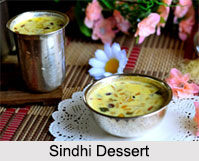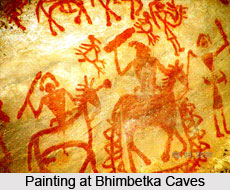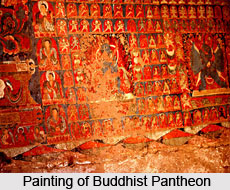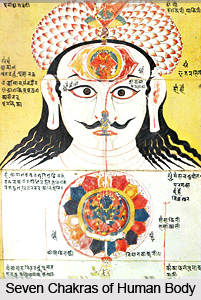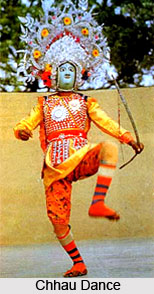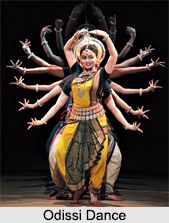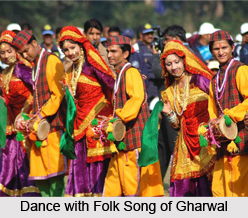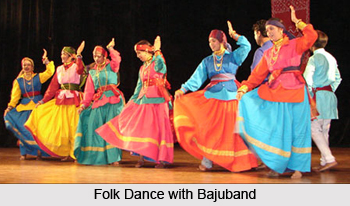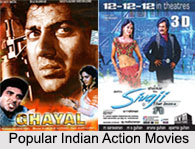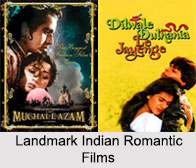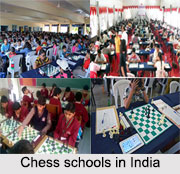 Chess Schools in India are highly equipped institutes, giving the right tutorial on how to play chess. Some of the chess academies and schools are running by the world chess champions. The training in Chess brings the capacity to memorize or use the best way on how to manage the stress during the chess tournaments. Some of the important chess academies are Dibyendu Barua Chess Academy, Calcutta Chess Academy, Gariahat Chess Clubs, Alekhine Chess Club and many more.
Chess Schools in India are highly equipped institutes, giving the right tutorial on how to play chess. Some of the chess academies and schools are running by the world chess champions. The training in Chess brings the capacity to memorize or use the best way on how to manage the stress during the chess tournaments. Some of the important chess academies are Dibyendu Barua Chess Academy, Calcutta Chess Academy, Gariahat Chess Clubs, Alekhine Chess Club and many more.Indian Chess School
Indian Chess School (ICS) is erected by India's first FIDE Instructor (World Chess Federation’s (FIDE) Licensed Chess Trainer) Praful Zaveri. It was established in 2010. Indian Chess School is currently operating at 12-centers in India.
Chess Gurukul
Chess Gurukul is a Chess academy in Chennai run by Ramachandran Ramesh. He took part in many national and international level Chess competitions like National Amateur Chess Competition, Rapid Chess Competition, World Under 12 National Chess Championships, National Junior Girls Chess Championship 2016, World Under 16 Chess Olympiads and many national and international level tournaments.
Kunte's Chess Academy
Kunte's Chess Academy is run by Mrs. Mrunalinee Kunte-Aurangabadkar from the year 1995. Kunte's Chess Academy also holds regular training camps by renowned players. Kunte's Chess Academy helps in developing many great skills as well as work well under stress, take defeat with a grace and to esteem the friends and opponents.
Genius Chess Academy
Genius Chess Academy provides high quality instruction and professionally run competitions for young chess players of all skill levels. It was founded by Mr Sandeep Chitkara. This Chess academy is engaged with a wide range of activities for school children. It also provides the basic chess tutorials like puzzle solving, memorizing for improved memory, frequent testing and evaluation to ensure effective learning. The mission of Genius Chess Academy is to spot the upcoming players and shape them into world class professionals. To achieve this lofty ideal, Genius Chess Academy provide them capable and well equipped coaching classes before sending them for world class or national level or the regional level chess tournaments.
For more, visit the link below:
